The rural landscape includes a variety of geological and geographic features such as cropland, forests, deserts, swamps, grasslands, pastures, rivers and lakes. The rural landscape provides natural resources, food and fibre, wildlife habitat and inspiration.
Rural landscape photography is in many ways similar to photographing urban landscapes. The difference is rural photography is about capturing the “life” in the countryside. Of some reasons I like to think of rural as something “old” while urban is mostly modern.
Rural is defined as “of or relating to the country, country people or life, or agriculture.” A critical element in successful photography is capturing the interaction that occurs between subject and environment.
MOODBOARD
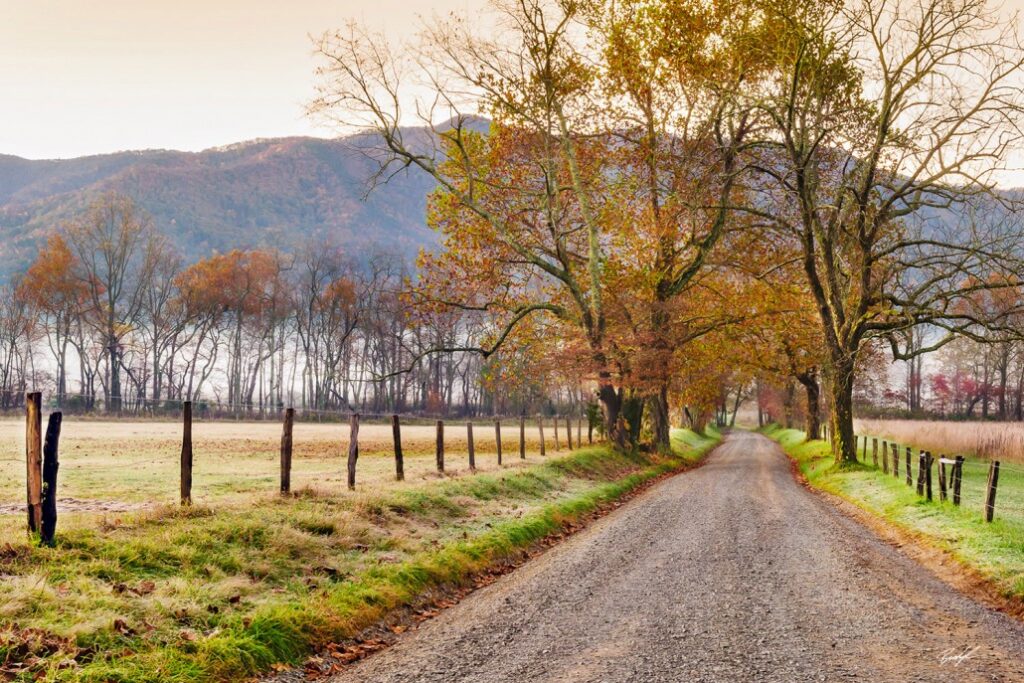
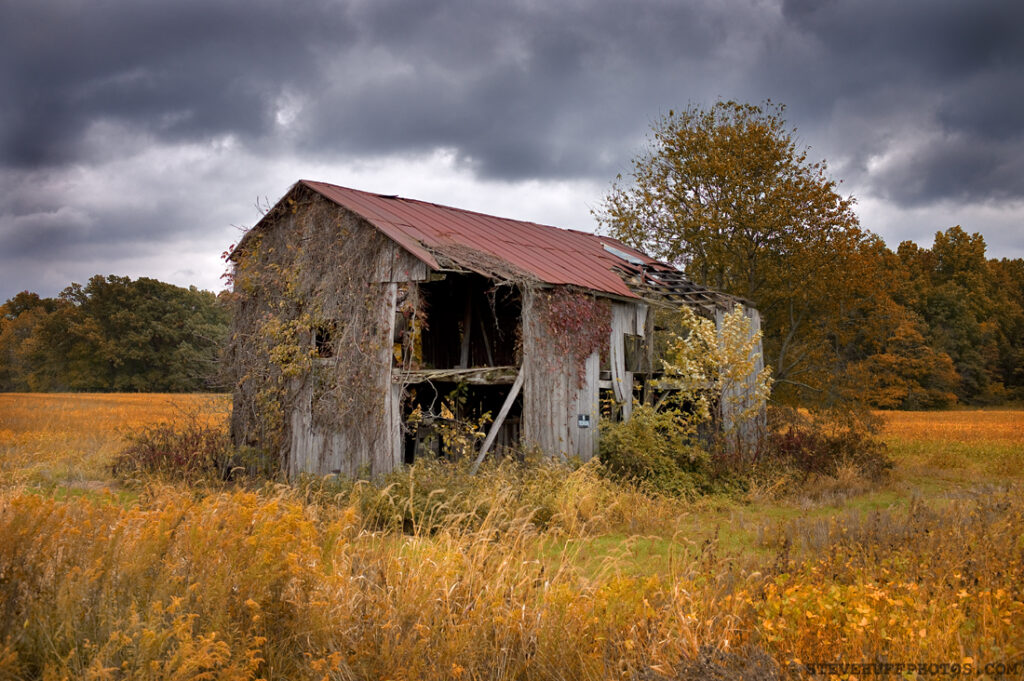



As you can see, most of these images include an old barn or hut of some sort with autumn leaves and colours in the countryside. This is the opposite to urban landscapes as it gives off a nostalgic and vintage feeling to the image using mostly natural environment factors to create more significance and meaning. In my opinion, keeping this image in colour creates the whole “vintage” look
Ansel Adams
Ansel Easton Adams was an American landscape photographer and environmentalist known for his black-and-white images of the American West. Ansel Adams is one of America’s most famous photographers and is known for his stunning photos of the American wilderness and his passion for conservation. Ansel Adams’ photography puts the American wilderness on display, highlighting its enormity and beauty through dramatic black and white photos.


Why did Ansel Adams photograph in black and white preferably?
There are two main reasons, according to an expert source, why Adams preferred black and white. The first was that he felt colour could be distracting, and could therefore divert an artist’s attention from the achievement of his full potential when taking a photograph.
However, Renowned as America’s pre-eminent black-and-white landscape photographer, Ansel Adams began to photograph in colour soon after Kodachrome film was invented in the mid 1930s. He made nearly 3,500 colour photographs, a small fraction of which were published for the first time in the 1993 edition of ANSEL ADAMS IN COLOR.
Few artists have had a greater impact on environmentalism than Ansel Adams. His belief in the possibility of humankind living in harmony with the environment was illuminated through his artwork and worked to strengthen other environmental efforts.
Who was Ansel influenced by?
Adams was strongly influenced by Alfred Stieglitz, whom he met in 1933 and who mounted a one-man exhibition for him in 1936 at Stieglitz’s An American Place gallery in New York City.
Ansel Adams uses the zone system. The Zone System assigns numbers from 0 through 10 to different brightness values, with 0 representing black, 5 middle grey, and 10 pure white; these values are known as zones.
Group f/64 was created when Ansel Adams and Willard Van Dyke, an apprentice of Edward Weston, decided to organize some of their fellow photographers for the purposes of promoting a common aesthetic principle. In the early 1930s Van Dyke established a small photography gallery in his home at 683 Brock Hurst in Oakland.
64, loose association of California photographers who promoted a style of sharply detailed, purist photography. The group, formed in 1932, constituted a revolt against Pictorialism, the soft-focused, academic photography that was then prevalent among West Coast artists.
What style is Ansel Adams associated with?
Where landscape artists used colour and brushstrokes to show the beauty of the places that became part of the National Park System, many of Ansel’s photographs were minimalist, shot in black and white using sharp contrast and deep focus. Ansel’s photography is known for its realist style.

The zone system is a range from the amount of shades which ultimately create a contrast and a significant eye catching feature to the image. It is important to recognize that Adams made this effect in the 20th century without the use of adapted technology. An example is this image.
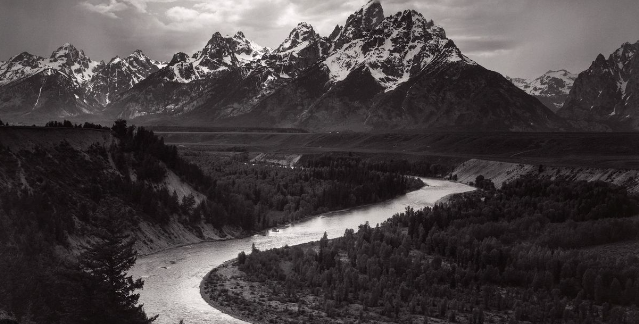
In this image you can see the river is highlighted with light shades ( end of the zone system ) contrasting with more blacks with the trees with detailed greys which easily catch your eye. With the highlighted sky contrasting with the mountains creates significant importance with this photograph.
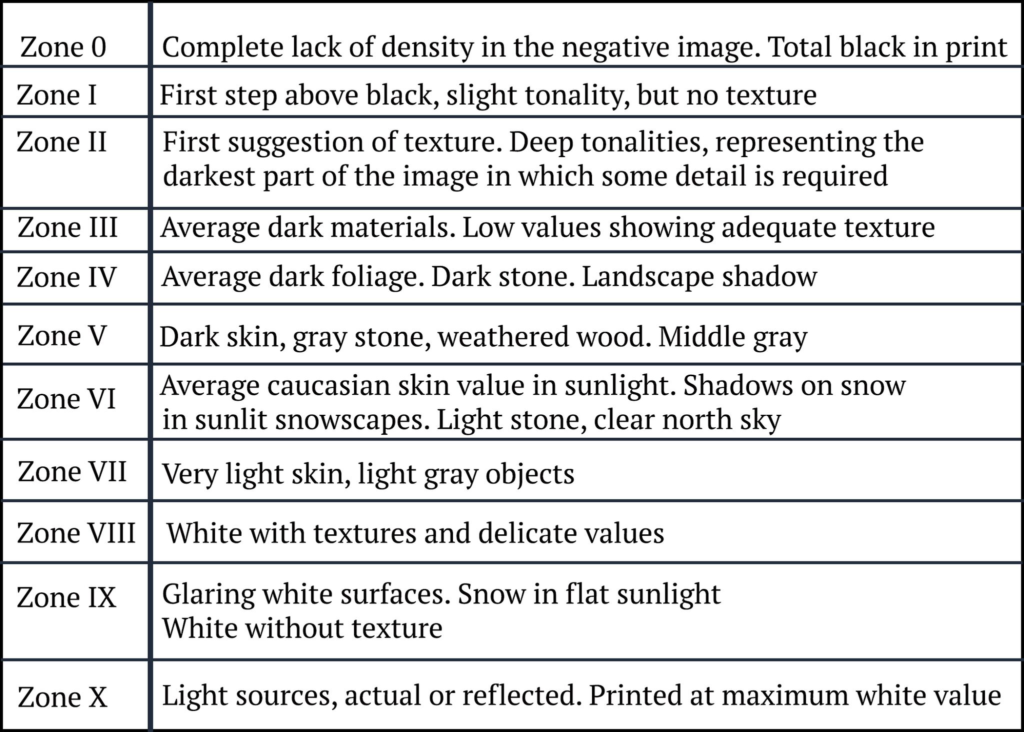
ANSEL ADAMS AND ROMANTICISM
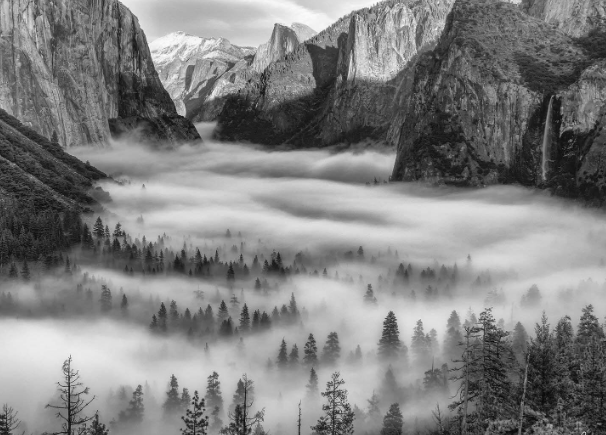
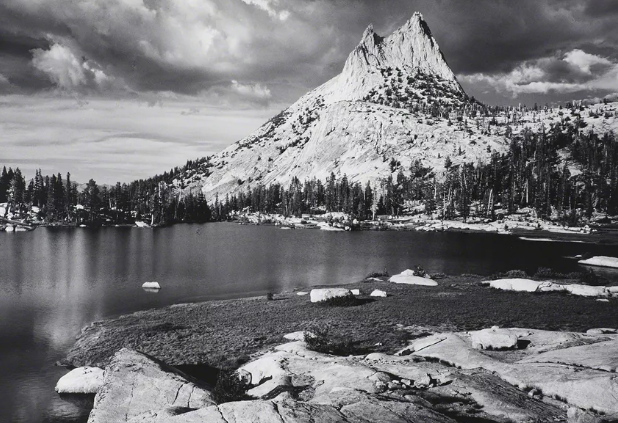
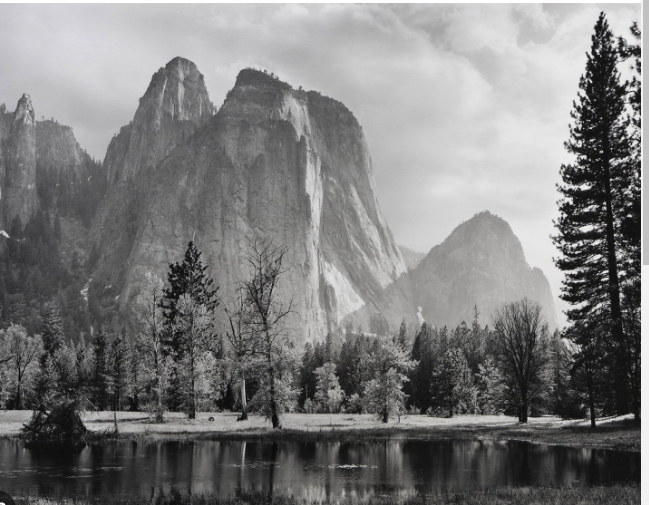
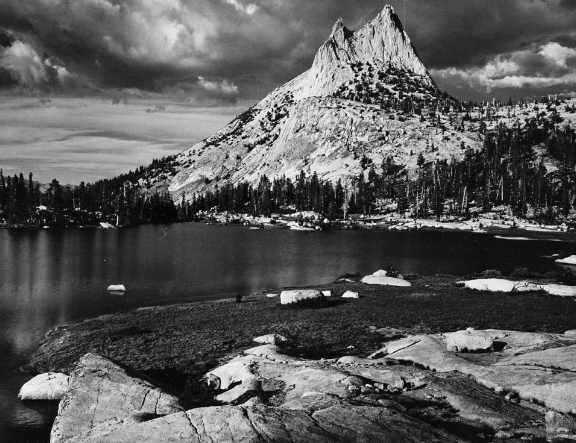
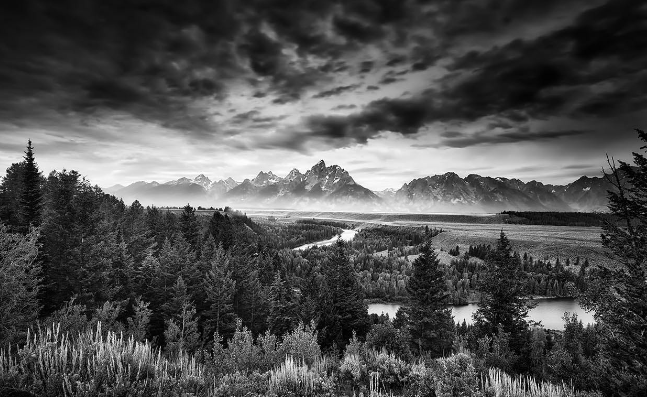

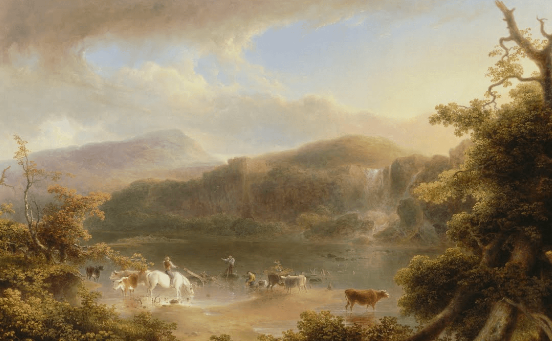
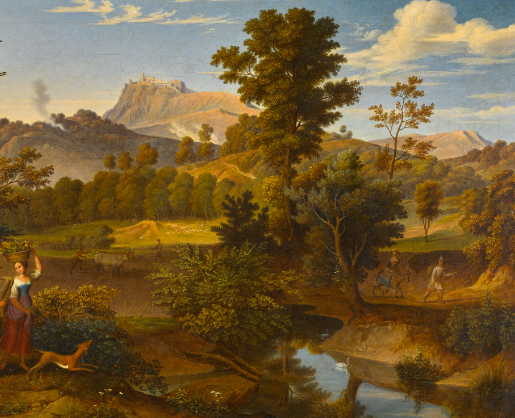
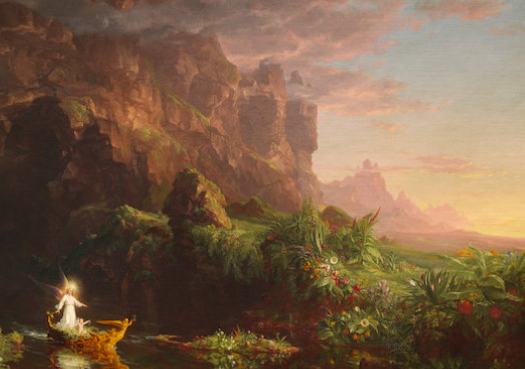
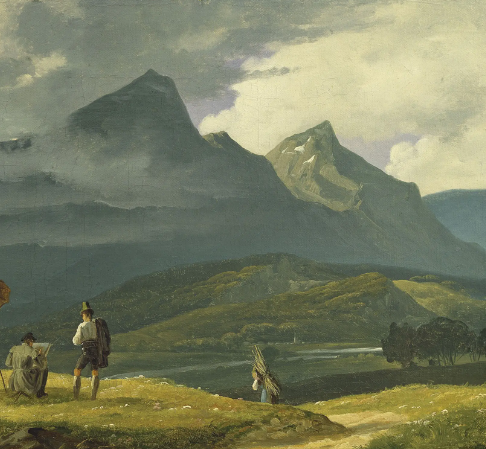
Similarities & Differences
A similarity within these images is that they both have significant contrasting and highlights to create a beautiful look within the environment and atmosphere. They both are typical landscapes obtaining natural/non- man made objects. An important difference is romanticism typically involves historic values and sometimes humans however they still normally do not make it the main subject of the image as the background is the main eye catcher. A major difference is that Adams prefers to use black and white but still manages to contrast the highlights and shadows so it isn’t all one tone and shade. Ansel’s work looks a bit more detailed and focused however these romanticism images are more hazy/misty and less focused compared to Adams.
COMPARISON WITH EDWARD WESTON
Edward Weston mood board–
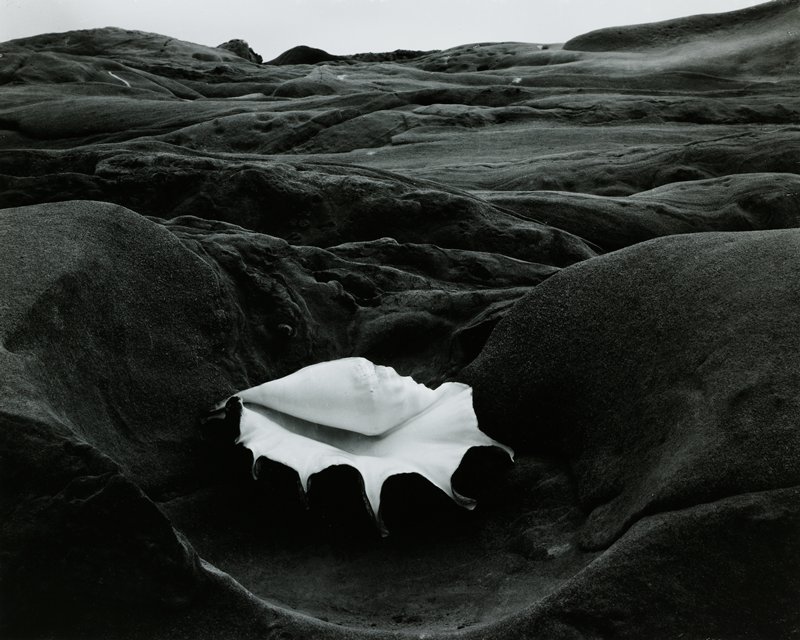

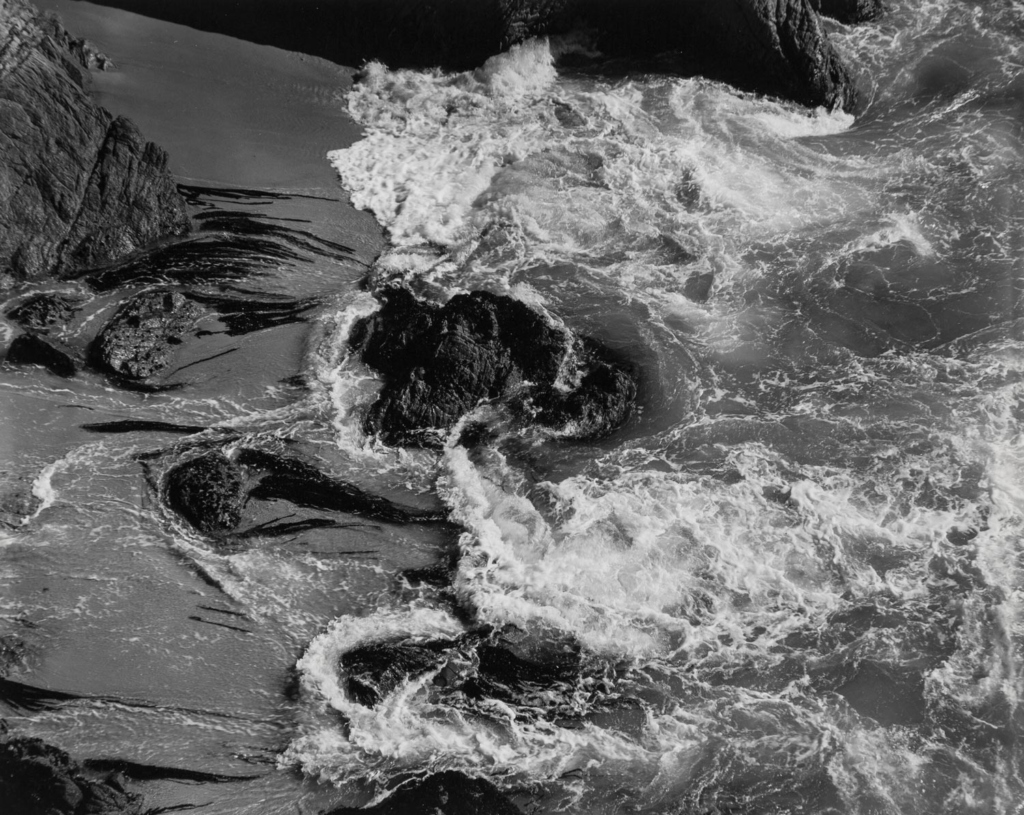


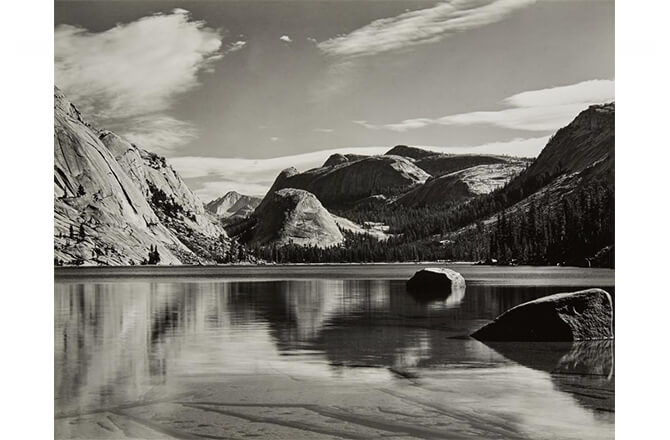
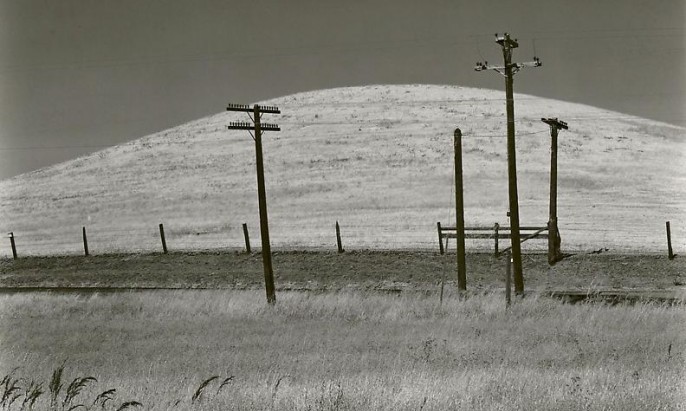
My first initial thought from my perspective is that Weston focuses on texture rather than tone and shade like Adams. Each landscape has a different type of texture and is the main subject of each image. Whereas Adams focuses on the environment and landscapes but most importantly he focuses on the zone system which Weston does not which is obvious as he does not use a large range of shades. A similarity is they are both of environmental and natural scenery and are both typically in black and white. Although Weston images are significantly contrasting between light and dark his images mainly create this by the use of very dark tones of black almost pure black and then grey tones. This shows us that Weston does not follow the zone system created by Adams. Edward Weston in my opinion shows romanticism however still changes it from what we would see by the naked eye yet still beautiful and captivating way, he uses the use of patterns and lines. It is almost as he uses each curved line in this image as a different section and tone of grey or black. The ripples show consistency through the image which makes it appealing to look at and gives the image the calmness and natural beauty of romanticism images. Weston’s vision and photographic theories were heightened and perfected. He believed in the previsualization of the final photographic image. If cropping was necessary, the image was a failure.
“The camera should be used for a recording of life, for rendering the very substance and quintessence of the thing itself, whether it be polished steel or palpitating flesh.” “My own eyes are no more than scouts on a preliminary search, for the camera’s eye may entirely change my idea.”
How did Adams influence others?
Ansel’s photography has had great impact indeed, not only in awakening people to the beauty of nature but in inspiring many other photographers to turn their efforts to the natural scene and to use photography in the interests of environmental preservation.
Ansel Adams’ love of nature and his work in capturing vistas within the Sierras and other protected lands for all to see changed the American art world to include nature photography.
IMAGE ANAYLYSIS
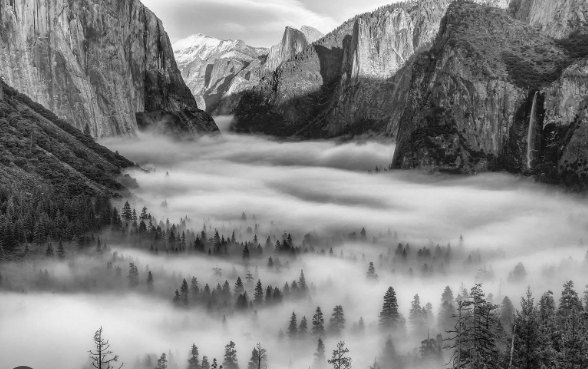
The first noticeable feature of this image is the mist between the trees. Adam’s successfully contrasts the trees against the mist using the zone system as the trees are low within the zone system. He also significantly uses dark mountains but in the background you notice the sun slightly shining in with a higher zone system and lighter shades. The start of the image the mountains are dark and they slowly go lighter because of the sun. This creates an interesting factor by preventing it from making the image dull and boring with one shade and tone. The trees stop poking out of the mist half way through the background which creates mystery as we do not know what is underneath however we assume there is trees. To prevent this image from being dull he uses a range of grey shades from the zone system. This image also contains different textures from the mist to the trees and mountains which shows HDR high dynamic range.
MY PHOTOSHOOT PLAN
Within my images I want to create a HDR image so it obtains all detail and shades to create an interesting factor.
What are HDR photos?
When taking a single-exposure photo, you might notice that the scene’s dynamic range is too wide for your camera. In other words, your camera doesn’t capture all the detail in one frame.
For example, suppose you are photographing an object in sunlight. In this case, the brightest elements will appear glaring white, and you will lose the details of these elements.
Similarly, when taking a photo of a person in front of a bright background, your camera might capture your subject as a flat shadow with no detail.
HDR stands for high dynamic range. This function increases your camera’s dynamic range to pick up detail in the shadow and the light elements of a frame.
HDR processing involves taking multiple images and capturing the same scene at different exposure values. Then, you need to merge these images using high-end photo editing software such as Adobe Lightroom
The result is an image with visible detail in its lightest and darkest elements, making it appear more natural to the human eye.
I would successfully execute by adjusting my camera settings- I would control my camera’s aperture while my camera automatically adjusts the shutter speed.
I would adjust my ISO setting as it determines your camera’s light sensitivity. Choose the lowest possible setting to ensure that your images are not grainy.
Select the correct aperature- In landscape photography, a narrow aperture of f/11 or higher is ideal. All your subjects will be in focus at these aperture settings, even at varying distances.
Adjust the correct exposure levels for my specific images- Most photographers take three shots at exposure values of -3, 0, and +3. A negative value results in a darker exposure, and a positive exposure is brighter.
A camera with an auto exposure bracketing (AEB) function can automatically take multiple photos at varying exposure levels.
After I have adjusted my camera correctly and experimented by taking photos. I can merge all 3 images with 3 different exposure levels to create an HDR image in Adobe Lightroom. If I am not happy with my final result I can continue to edit them in Lightroom.

My Example/ Not final Products
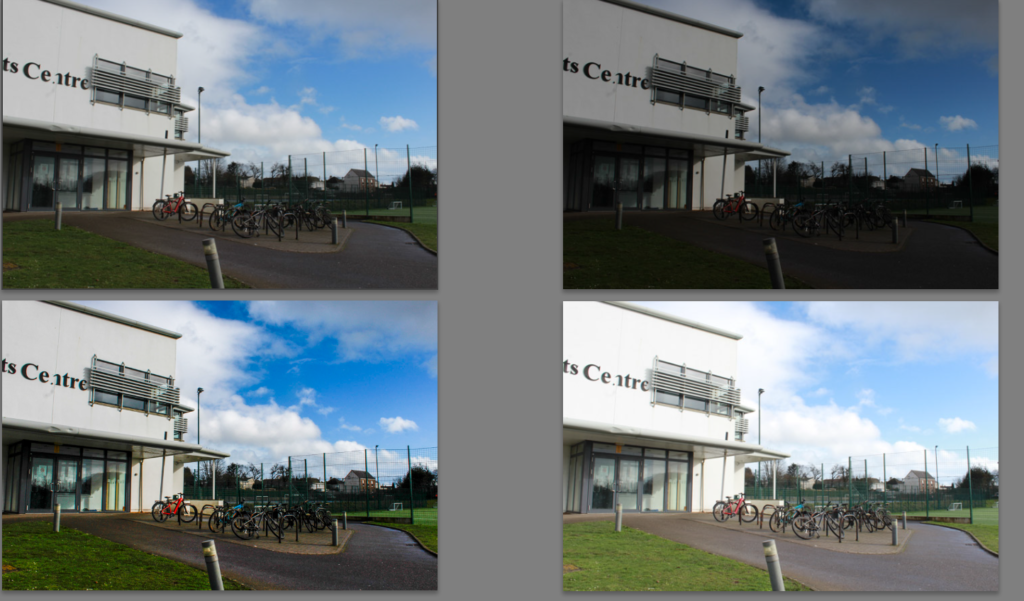
As shown, there are 3 different images with different exposure and saturated levels and with one extra image which all 3 have merged to create.


Within this image it shows what has been merged together using red highlights. I selected the ‘high’ DE ghost amount as it was personally my preferred out of all the options and it obtains the most noticeable exposure levels without it making it to grainy which I personally like as it creates an interesting factor to the human eye.
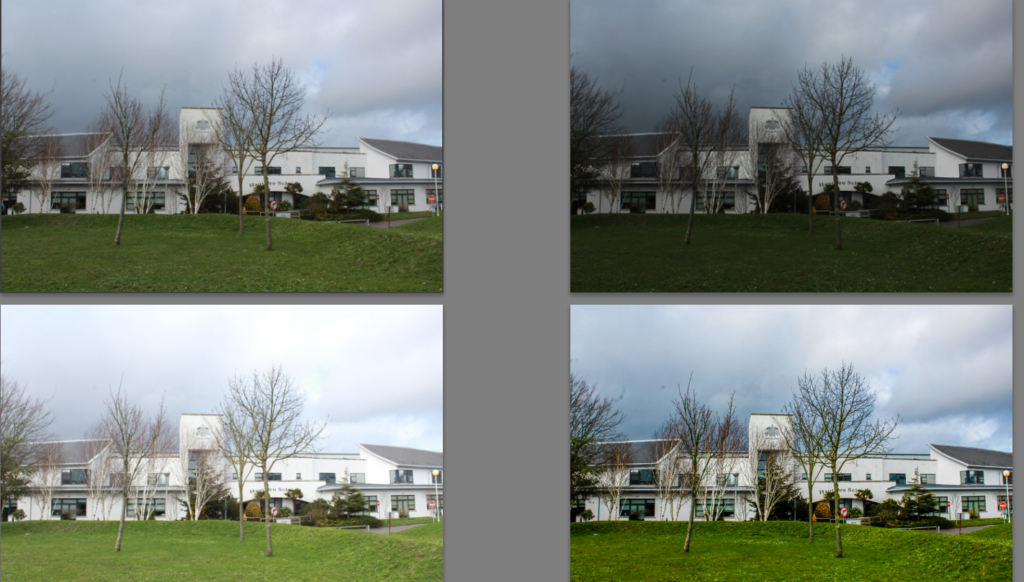
Now, I will do the same method and take landscapes related to Romanticism and try to use the zone system like Ansel Adams.
